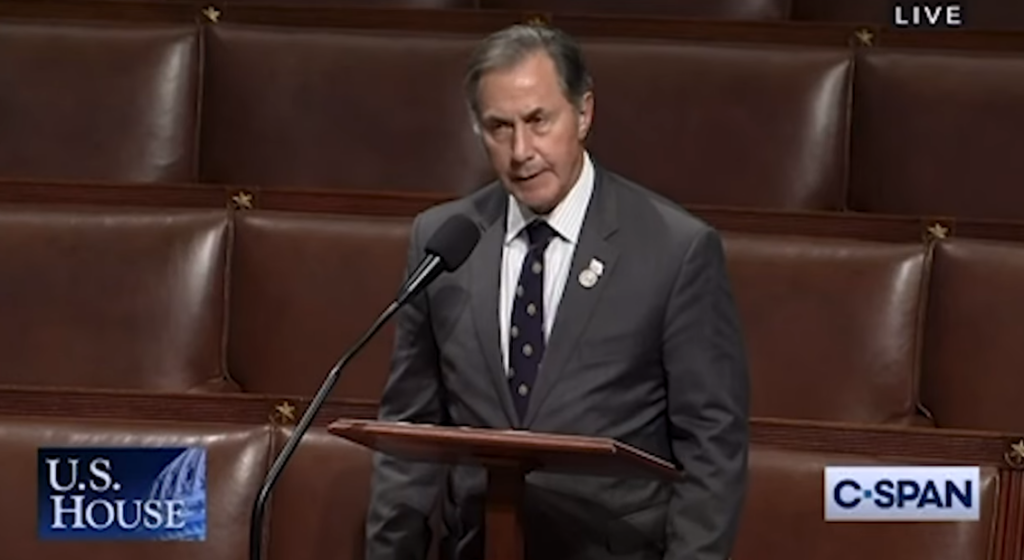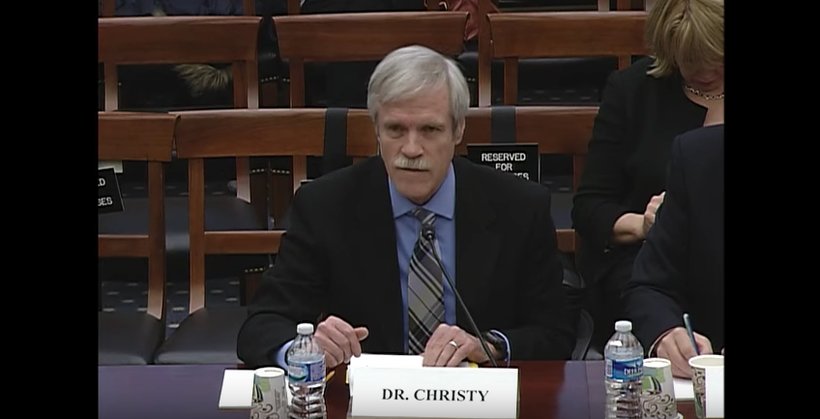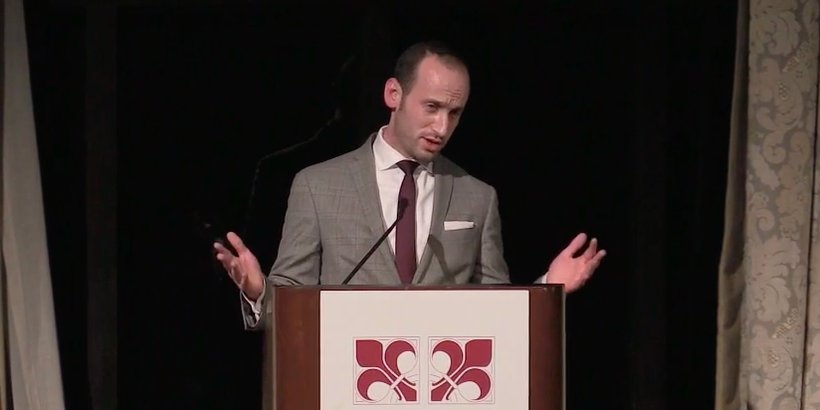
HUNTSVILLE, Ala. — Alabama’s State Climatologist finds himself in a familiar position this week: at odds with global warming alarmists, many of whom are now claiming 2015 was the hottest year on record.
“2015 Was Hottest Year in Historical Record, Scientists Say,” read last week’s headline atop the New York Times.
“The whole system is warming up, relentlessly,” warned Gerald A. Meehl, a scientist at the National Center for Atmospheric Research.
“At some point, you would think most climate change deniers would throw in the towel,” added Peter Hannam, Environment Editor of the Sydney Morning Herald.
Dr. John Christy is a climate scientist at the University of Alabama in Huntsville (UAH) and has been Alabama’s State Climatologist since 2000.
He agrees with his colleagues that the climate is always changing, but believes their alarmist rhetoric — and even some of their research — is misguided at best, and perhaps even deliberately misleading.
The temperature data cited by most global warming alarmists comes from surface-level measurements, which are notoriously inaccurate.
A 2009 study of the surface-level reading stations found many of them “located next to the exhaust fans of air conditioning units, surrounded by asphalt parking lots and roads, on blistering-hot rooftops, and near sidewalks and buildings that absorb and radiate heat.” Sixty-eight stations were found to be “located at wastewater treatment plants, where the process of waste digestion causes temperatures to be higher than in surrounding areas.”
Dr. Christy notes that there are more accurate ways to measure temperature data, but they are often ignored by climate scientists because they do not affirm their predetermined outcomes.
“The deep atmospheric temperature – a much better metric for monitoring climate – as measured by satellite sensors was the 3rd warmest year since 1979,” he said of 2015. “If no mention is made of what the bulk of the atmosphere is doing, then these folks are withholding important information.”
Dr. Christy laid out his approach to climate science during testimony before the U.S. Senate.
“I build data sets from scratch to answer questions about climate variability and to test assertions people make about climate change,” he said. “That’s really what the scientific method is all about.”
It is that commitment to starting “from scratch” that has made him a particularly bothersome thorn in the Environmental Protection Agency’s (EPA) side in recent years.
While Christy does not deny that the Earth’s climate is changing, he vehemently rejects the assumptions at the core of the EPA’s growing list of environmental regulations.
In recent comments submitted to the agency, Christy pointed out that “the (climate change) models do not yet have the ability to discern ‘why’ a climate variation may have occurred simply because they cannot even reproduce ‘what’ has occurred.”
This is summed up in the chart below, which Christy submitted to the EPA along with his comments. The black line in the middle of the chart is the average temperature increase that all of the global warming models projected over the last several decades. The green circles and blue squares at the bottom are the climate variations that actually occurred.

“We should have little confidence that the future will play out as the models suggest,” Christy said of the global warming projections frequently cited by the Obama Administration and in the media. “The EPA cannot conclude it knows ‘why’ the climate system changes and thus cannot assert it will control ‘what’ the climate will do.”
In its Clean Power Plan, the EPA is pushing for a 750 million metric ton reduction in CO2 emissions, which it seeks to achieve in large part through regulations on existing power plants, especially coal-fired plants.
A study released by the U.S. Chamber of Commerce earlier this year predicts the environmental mandates in the plan will cost the United States more than 220,000 jobs over the next several years.
According to the study, the proposed regulations will have a disproportionate impact on southern states, where energy costs would jump by $6.6 billion per year over the next decade-and-a-half. The “East-South-Central” region of Mississippi, Alabama, Tennessee and Kentucky would see its GDP shrink by an estimated $2.2 billion and would lose 21,400 jobs as a result of the plan.
Related:
1. Alabama’s climatologist: I would give the Pope some homework on global warming
2. Alabama’s Climatologist: Democrats’ global warming intimidation tactics embolden me











